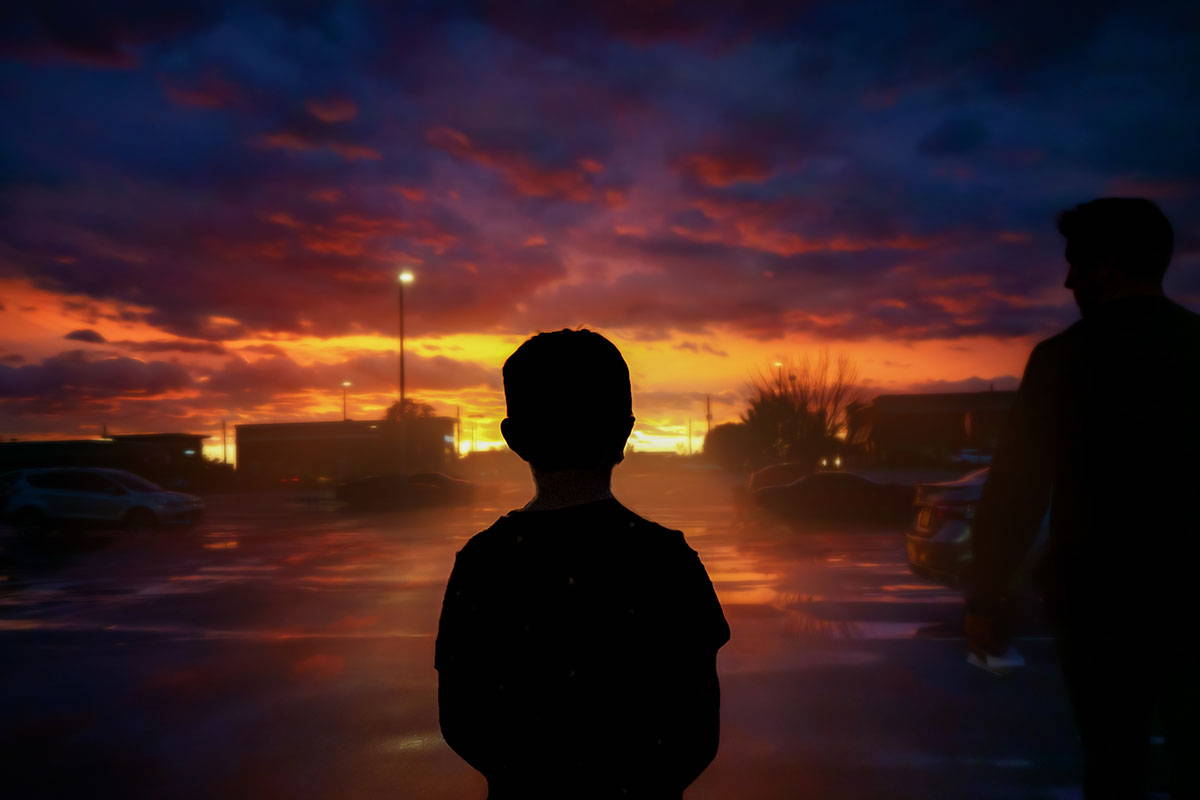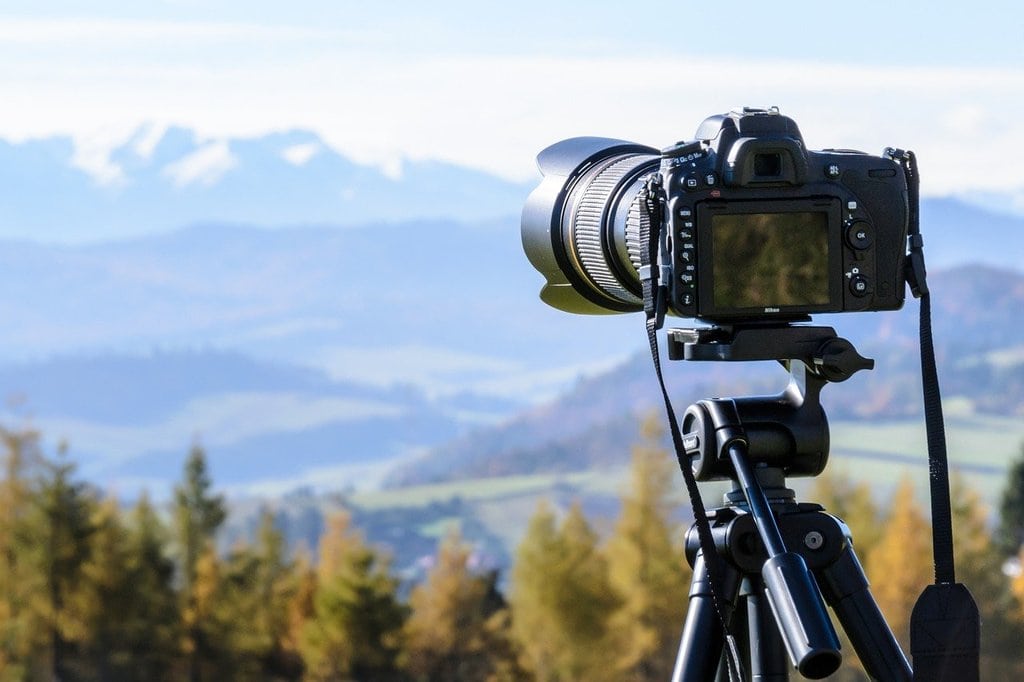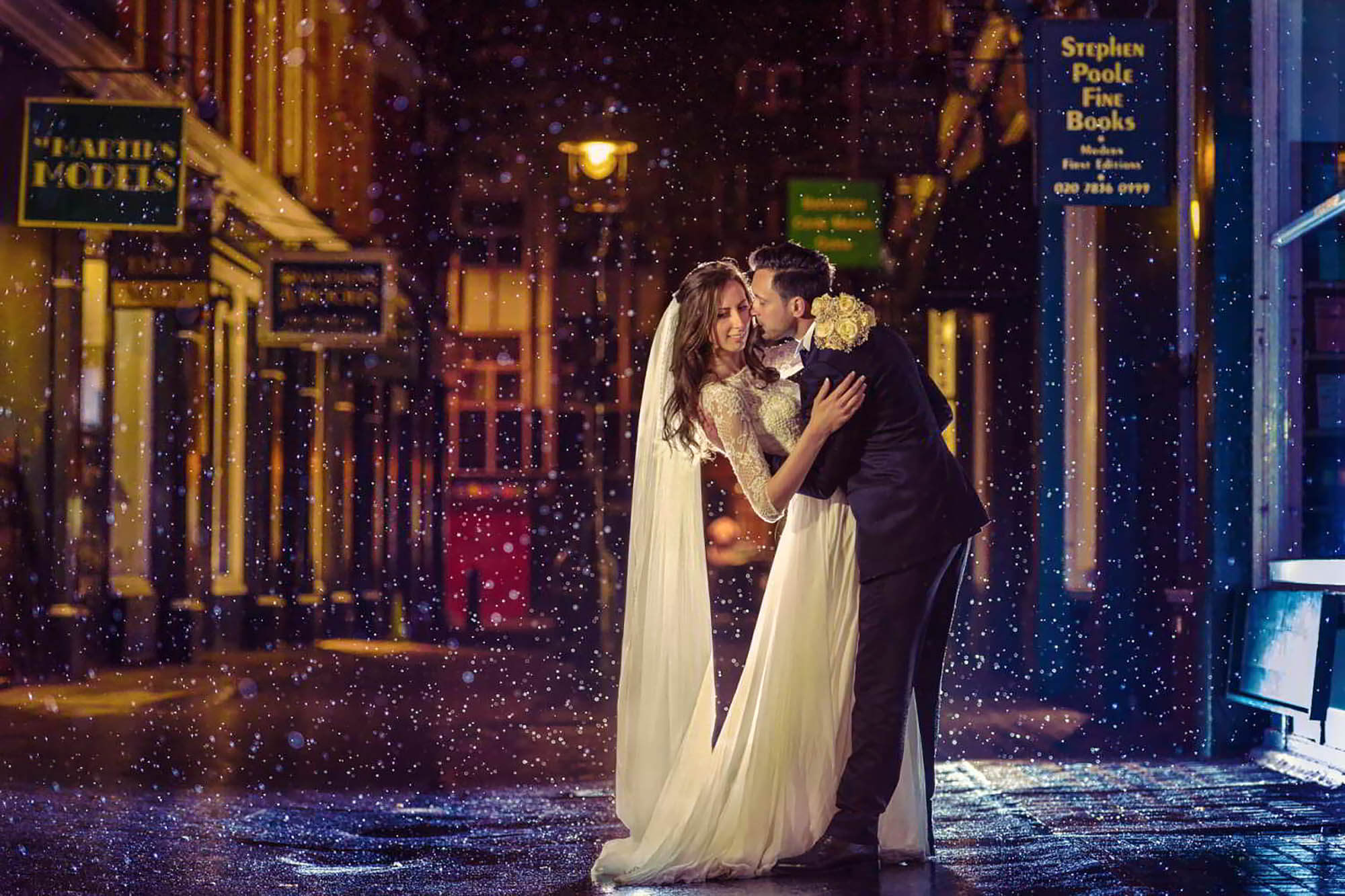Mastering the Lens: Innovative Photography Techniques and Trends for the Modern Artist

15-11-2024, 07:43 Admin 2 025 0
In this digital age, the artistic landscape, particularly in the realm of photography, has been revolutionized tremendously. The realm of photographic arts is expanding with an array of innovative techniques and trends, driven by emerging technologies and a burning desire for artistic expression. In this article, we explore these pioneering methods that are shaping the future of photography for modern artists.
The compelling narratives of photographs often lie not just in the captured subjects, but also in the techniques behind their capturing. A novelty in this field is the 'Light Painting' technique. It involves using a slow shutter speed while moving a handheld light source to paint patterns or scenes during the exposure. Bluetooth equipped LEDs, like the Magilight LED Light Stick, provide enhanced control and creativity for these ethereal photographs, proving themselves indispensable tools for the modern artist.
Localization technologies like GPS embedded in cameras are used to implement 'Geotagged Photography'. This technique associates a geographical location with each photo, revolutionizing landscape and travel photography. With advanced software tools such as JetPhoto Studio, artists can manage and share their geotagged photographs efficiently, fostering a richer global photographic community.
Infrared photography, having evolved from the military and scientific applications, is a unique trend in the modern photographic scene. By using specialized filters or dedicated infrared cameras like the Fujifilm X-T1 IR, artists can capture 'invisible' light, yielding surreal landscapes and dramatic portraits. This technique opens the door to a new world, previously unseen by the human eye.
Another innovation is HDR, or High Dynamic Range technology. This technique combines different exposures of the same frame in post-production to create stunning images with more detail in both highlights and shadows. Modern technologies, such as Adobe's Lightroom Classic or Aurora HDR software, offer automated HDR combining and advanced tone-mapping, dramatically improving production efficiency.
Let us not forget about the 360-degree photography powered by virtual reality technology, enabling the creation of immersive environments that break traditional framing limits. Tools like the Ricoh Theta V 4K 360-Degree Spherical Camera or the Insta360 ONE X, and software like the Pano2VR, provide immense artistic potential for the creation of virtual reality photos.
Naturally, these trends and techniques create a need for a solid structuring and management system for artists to handle their expanding portfolios. Advanced Digital Asset Management (DAM) solutions, such as Adobe Lightroom and ACDSee Photo Studio Ultimate, offer powerful sorting, tagging, and searching tools, streamlining the workflow and improving productivity.
In conclusion, these innovative photography techniques and trends, powered by modern technology, provide modern artists with exciting new avenues for expression and efficiency. The exploration is limitless for those daring to venture beyond the traditional boundaries, challenging what it means to truly master the lens.
The compelling narratives of photographs often lie not just in the captured subjects, but also in the techniques behind their capturing. A novelty in this field is the 'Light Painting' technique. It involves using a slow shutter speed while moving a handheld light source to paint patterns or scenes during the exposure. Bluetooth equipped LEDs, like the Magilight LED Light Stick, provide enhanced control and creativity for these ethereal photographs, proving themselves indispensable tools for the modern artist.
Localization technologies like GPS embedded in cameras are used to implement 'Geotagged Photography'. This technique associates a geographical location with each photo, revolutionizing landscape and travel photography. With advanced software tools such as JetPhoto Studio, artists can manage and share their geotagged photographs efficiently, fostering a richer global photographic community.
Infrared photography, having evolved from the military and scientific applications, is a unique trend in the modern photographic scene. By using specialized filters or dedicated infrared cameras like the Fujifilm X-T1 IR, artists can capture 'invisible' light, yielding surreal landscapes and dramatic portraits. This technique opens the door to a new world, previously unseen by the human eye.
Another innovation is HDR, or High Dynamic Range technology. This technique combines different exposures of the same frame in post-production to create stunning images with more detail in both highlights and shadows. Modern technologies, such as Adobe's Lightroom Classic or Aurora HDR software, offer automated HDR combining and advanced tone-mapping, dramatically improving production efficiency.
Let us not forget about the 360-degree photography powered by virtual reality technology, enabling the creation of immersive environments that break traditional framing limits. Tools like the Ricoh Theta V 4K 360-Degree Spherical Camera or the Insta360 ONE X, and software like the Pano2VR, provide immense artistic potential for the creation of virtual reality photos.
Naturally, these trends and techniques create a need for a solid structuring and management system for artists to handle their expanding portfolios. Advanced Digital Asset Management (DAM) solutions, such as Adobe Lightroom and ACDSee Photo Studio Ultimate, offer powerful sorting, tagging, and searching tools, streamlining the workflow and improving productivity.
In conclusion, these innovative photography techniques and trends, powered by modern technology, provide modern artists with exciting new avenues for expression and efficiency. The exploration is limitless for those daring to venture beyond the traditional boundaries, challenging what it means to truly master the lens.
Related News
Leave a Comment


